Investigate how oxygen is made with a hands on plant experiment.
How Do Plants Create Oxygen? Let’s Find Out!
Plants create oxygen through a process called photosynthesis. Photosynthesis is a vital biological process that occurs in the chloroplasts of plant cells, specifically in the green pigment called chlorophyll. Here’s how it works:
-
- Plants use their leaves to capture sunlight. The chlorophyll in the chloroplasts absorbs the energy from sunlight.
- The absorbed sunlight energy is converted into chemical energy, which fuels photosynthesis.
- Plants take carbon dioxide from the air through tiny openings called stomata, mainly on the leaves.
- Plants absorb water through their roots, allowing for the transportation of water and nutrients up to the leaves.
- In daylight, chlorophyll uses the captured energy to blend carbon dioxide (CO2) and water (H2O) molecules. This chemical reaction results in the creation of glucose and oxygen.
- The oxygen produced during photosynthesis is released back into the atmosphere. This oxygen is necessary to support living organisms’ respiration.
Overall, plants play a crucial role in maintaining the balance of gases in our atmosphere. Through photosynthesis, they absorb carbon dioxide and release oxygen, which is essential for the survival of all oxygen-dependent life forms. Plants are often referred to as the “lungs of the Earth” due to their remarkable ability to generate oxygen and contribute to the overall well-being of our planet.
Observe the Production of Oxygen with Science Experiments for Kids
In this science experiment, students investigate how oxygen is made through the process of photosynthesis.
Students conduct the experiment in small groups and record their predictions and observations on the worksheets provided.



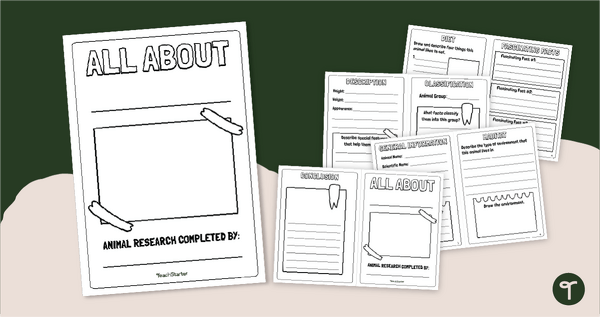
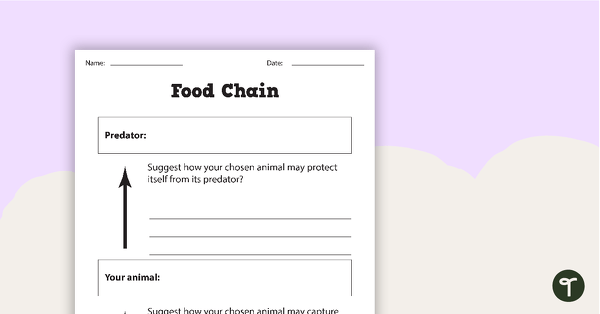
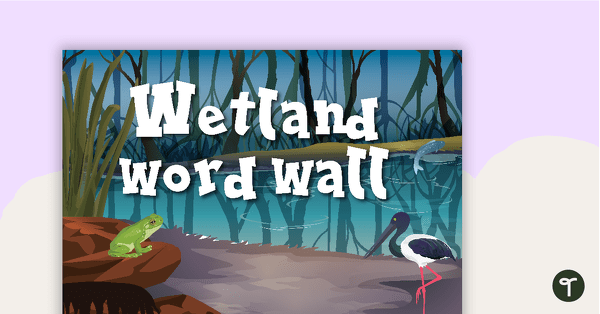
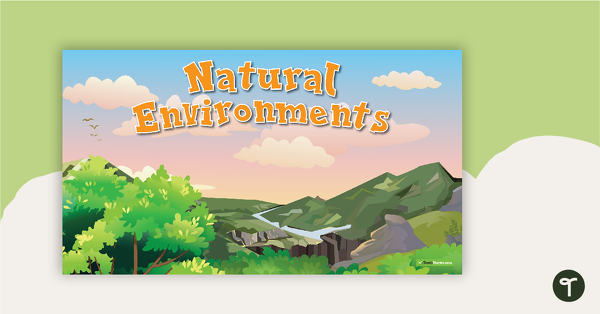
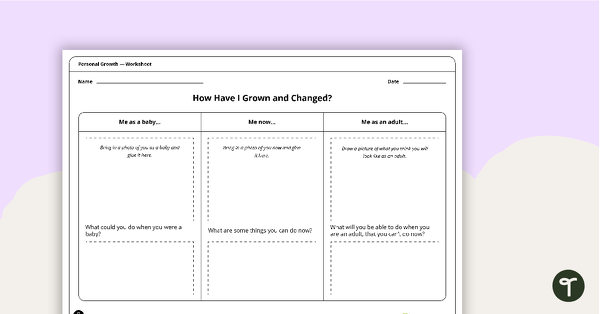
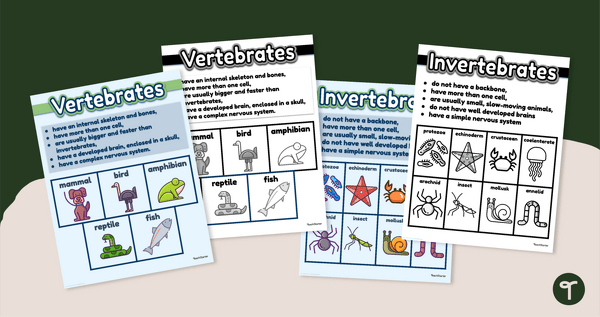
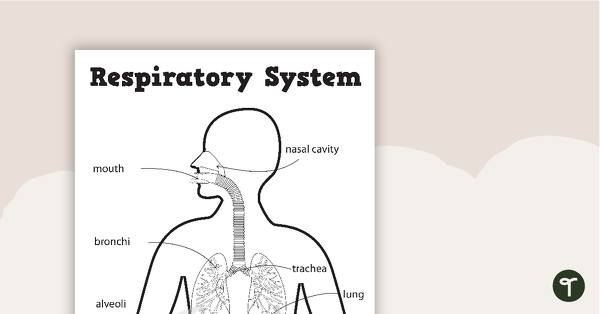
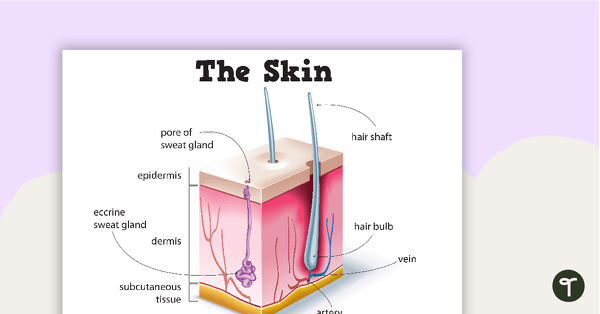
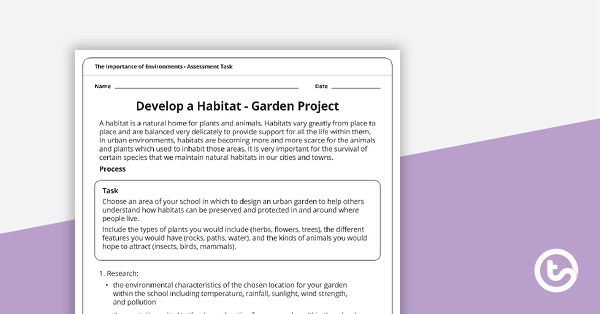
0 Comments
Write a review to help other teachers and parents like yourself. If you'd like to request a change to this resource, or report an error, select the corresponding tab above.